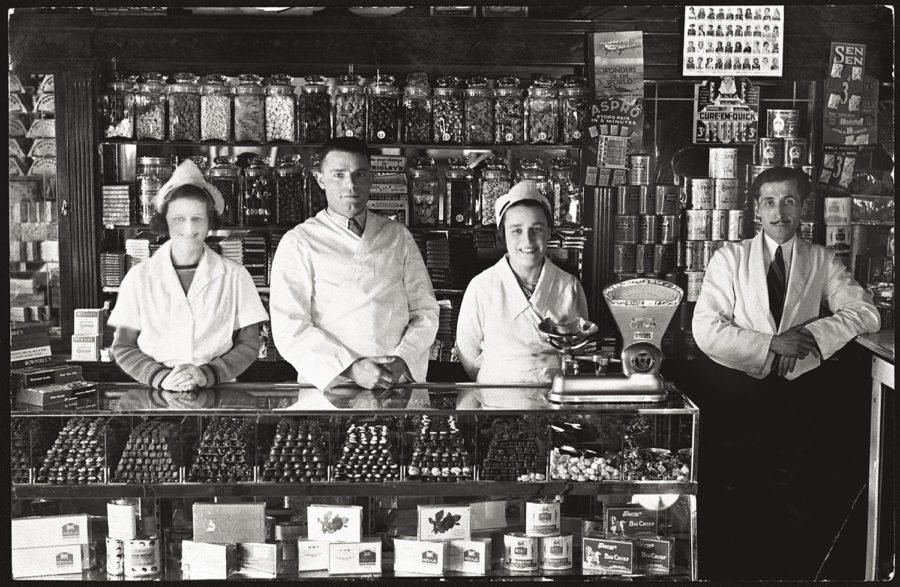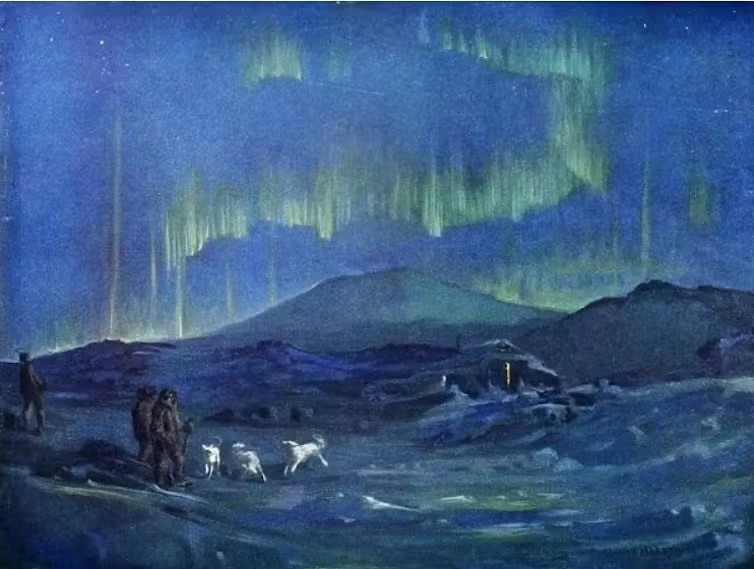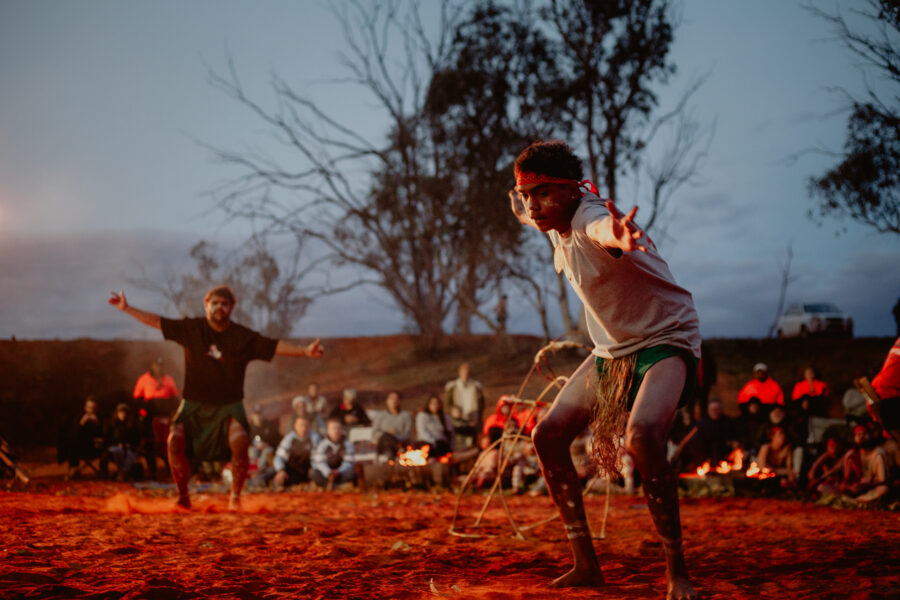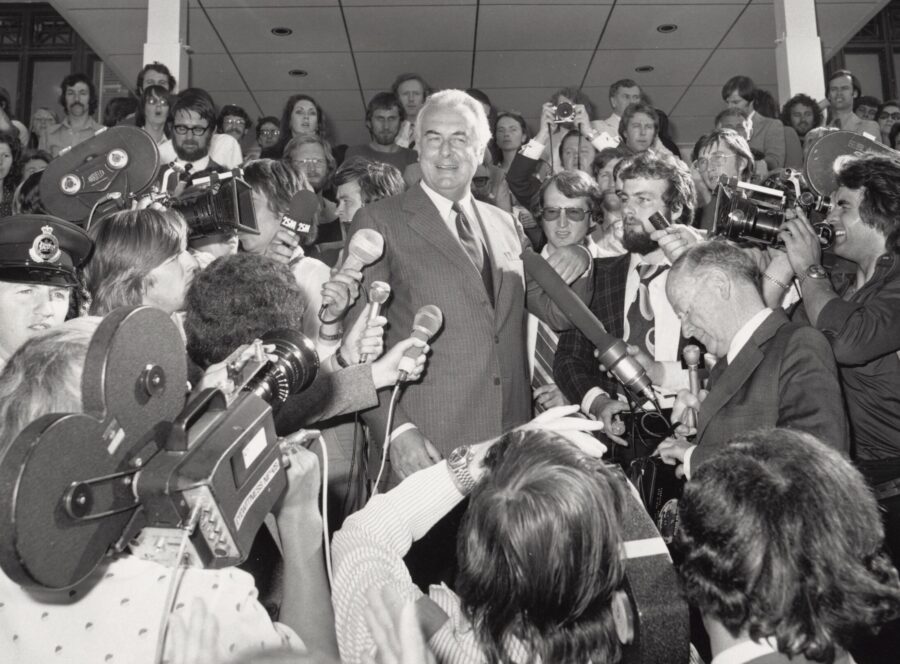A short history of Australia’s milk bars

OUR CULTURE owes a great deal to the Greek milk bars and cafes that opened for business in just about every Australian town and city throughout the 1930s. Modelled on the American drugstore soda bars, they fed a growing hunger for Hollywood glamour, flavoured milkshakes, ice cream and handsomely wrapped chocolates, and rapidly transformed our food culture.
The Black and White Milk Bar that Mick Adams (Joachim Tavlarides) opened in Martin Place, Sydney, in 1932 is thought to have been Australia’s first, sporting a sleek bar topped with soda fountain pumps and gleaming milkshake makers. Trade was brisk on its first day, with 5000 customers breasting the bar, and soon weekly patronage had grown to 27,000.
Other Greek entrepreneurs with little English but lots of energy were quick to follow suit – like Sam Nomarhis (left, second from left), who was operating the cafe in the Capitol Theatre in Wagga Wagga in the mid-1930s. It stocked a tempting array of handmade lollies and chocolates every bit as exotic as the imported films the theatre screened.
The cafes and milk bars borrowed heavily from American traditions –
not just the menus, but also the architecture, decor and stylish uniforms. Names like the Astoria, Paragon, Niagara, Golden Gate and Monterey recalled the experiences of many Greek migrants who’d chanced their luck on the Californian goldfields en route to Australia.
By 1937 there were reportedly 4000 milk bars across the country run by Greek families. The businesses gave them an economic and social foothold in their new homeland, and the ability to maintain family culture and catering traditions within a shared workplace.
But while the cafes and milk bars helped to sow the seeds of modern-day multiculturalism, true social acceptance in many conTopservative communities was hard-won. Many Greek proprietors Anglicised their names, appointed Australian staff and reserved the Greek dishes for private family gatherings.
“They sold aspects of the American dream; it was like stepping into another world,” says Macquarie University historian Leonard Janiszewski, who with photographer Effy Alexakis has spent more than 25 years researching and documenting their history. “It was a fantasy package and these cafes and milk bars soon became the social centres of town, where you could pick up gossip or your mail, have meetings or even wedding receptions. It was all-come-all-serve.”
However, even the addition of British and Australian meals and jukeboxes thrumming with American rock’n’roll was not enough to extend the golden age of the Greek cafes.
“By the 1970s many were closing,” Leonard says. “But whenever you drink a Coke or have a sweet chocolate treat; whenever you go to the cinema, or enjoy an ice cream, you can thank these Greek settlers. They were seminal in the development of Australia’s public eating culture.”
READ MORE:




